ruffsl
I’m a robotics researcher. My interests include cybersecurity, repeatable & reproducible research, as well as open source robotics and rust programing.
- 29 Posts
- 22 Comments

 5·3 months ago
5·3 months agoStill kind of sad that the transflective display technology demoed in the $100 laptop project from a decade or so ago never took off.

 4·3 months ago
4·3 months agoPersonally, I’ve been happy using an LG TV for a single monitor setup. I have had to switch to KDE Plasma v6 for better font rendering given its unusual OLED pixel layout, as well as for native HDR support. But it’s been nice to have a large physical font while still at default DPI. Although, I wouldn’t’t mind upgrading to 8K later when they get affordable, as the smallest 4K TVs at 42" happen to push the physical DPI down towards that of just 1440p panel.

 4·6 months ago
4·6 months agoTagging an image is simply associating a string value to an image pushed to a container registry, as a human readable identifier. Unlike an image ID or image digest sha, an image tag is only loosely associated, and can be remapped later to another image in the same registry repo, e.g
latest. Untagging is simply removing the tag from the registry, but not necessarily the associated image itself.
Ah man, I’m with a project that already uses a poly repo setup and am starting an integration repo using submodules to coordinate the Dev environment and unify with CI/CD. Sub modules have been great for introspection and and versioning, rather than relying on some opaque configuration file to check out all the different poly repos at build time. I can click the the sub module links on GitHub and redirect right to the reference commit, while many IDEs can also already associate the respective git tag for each sub module when opening from the super project.
I was kind of bummed to hear that working trees didn’t have full support with some modules. I haven’t used working trees with this super project yet, but what did you find about its incompatibility with some modules? Are there certain porcelain commands just not supported, or certain behaviors don’t work as expected? Have you tried the global git config to enable recursive over sub modules by default?

 3·8 months ago
3·8 months agoI fell for it. It took me a minute into the game time to figure what was up and double check today’s date.

 4·9 months ago
4·9 months agoDidn’t know about this case history with Nintendo, nor the name for the common exploit used:

 2·9 months ago
2·9 months agoNice! Thanks for the clarification.

 1·9 months ago
1·9 months agoI was more curious about horizontal/vertical scroll snapping of text, given if the underlying vim properties are still limited to terminal style rendering of whole fractions of text lines and fixed characters, then it’s less of a concern what exactly the GUI front end is.

 1·9 months ago
1·9 months agoAre you using the PWA, self hosted or via code spaces/other VPS? With which web browser?
I tried hosting code server via termux for a while, but a user proot felt too slow, even if the PWA UI ran silky smooth.
Perhaps when my warranty runs out I’ll root the device to switch to using a proper chroot instead.

 1·9 months ago
1·9 months agoDo you use it combined with terminal emulators?
Wouldn’t that result in vertical scroll snapping to textual lines, and horizontal scroll snapping to character widths?
A personal preference I suppose for navigation, but a bit jumpy to read from while moving rapidly.

 2·9 months ago
2·9 months agoOnly just got a 120Hz monitor recently, so reading scrolling text now is so much easer and faster than before. Looking forward to any IDE that can match that kind of framerate performance as well.
Too bad I don’t own a mac to be able to test out the current release of Zed as an IDE. However, I’m not sure about the growing trend of rasterizing the entire GUI, as compared to conventional text rendering methods or GUI libs with established accessibility support.
Looks like Moonlight does have their app up on the Apple store or iOS, and Sunlight has binaries for most operating systems. Personally, instead of Sunlight’s server, I still use Nvidia’s GeForce Experience software to stream games, as it takes less effort to configure. Of course, Nvidia may not be applicable if you’re using integrated or AMD graphics instead.
Although, with Nvidia recently deprecating support for it’s shield device, Sunlight provides support for the same protocol that Moonlight was originally developed against, but it’s also open source. I’ve not used multi monitor streaming with GeForce Experience, something Sunlight would be much more flexible in configuring.
As for connectivity, I’m unsure if iOS supports the same USB network feature that Android has. I’d imagine at least the iPhone would, as that’s a core feature/option for mobile hotspot connectivity, but maybe that’s nixed from iPad iOS? Alternatively you could get yourself a USB C hub or dock with an ethernet adapter and pass through power delivery, so you can connect your iPad with a wired network and charge simultaneously.
Or you could just use Wi-Fi, but with wireless networks dropping and retrying packets, that’ll impact latency or bitrate quality when casting displays. Although for something mostly static like discord windows, that’s probably less of an issue. Windows 11, and maybe 10, also have a hotspot mode, where you could share your wired network via your PCs wireless radio via and ad hoc Wi-Fi SSID. That could reduce latency and improve signal reception, but you’d have to start the hotspot setting every session or whenever the device disconnects from windows’ hotspot for more than 15 minutes or something.
You could try other remote display streaming software as well, like Parsec. However they have a online account login requirement with the freemium model, so I prefer the open source client Moonlight instead. However parsecs a lot easier too use when streaming from outside your home, or when remotely single screen co-oping with friends, without having to configure firewalls or domain names.
If you already have a similarly sized tablet, you could just buy a dummy HDMI plug, a few dollars, to add a second virtual desktop and then simply cast that screen to the mobile device.
There are pretty nice Android tablets now with 2.5k 120 hz HDR OLD screens. You can just connect it directly to the computer via USB, enable USB network tethering, then use something like the Moonlight client app with Sunshine screen casting server. With the wired connection, and a high bit rate such as 150 Mbps, you can get single digit millisecond latency and hardly tell the difference from an native HDMI display.
Tablets like those might be on the high end, but at least you’d have nice secondary display that’s a bit more multifunctional. Or just go with a cheaper LCD based tablet or old iPad, if color accuracy, refresh rate, or resolution isn’t a priority.

 2·1 year ago
2·1 year agoHas Bryan done any more recent recorded talks?

 2·1 year ago
2·1 year agoThe only experience I have with working with Fortran would be setting up
gfortranwhen building SciPy from source, and perusing its codebase to see how it’s FFT functions were so optimized. Not enough to diligently mod I’m afraid.

 12·1 year ago
12·1 year agoI was thinking of cross posting this to a Fortran community, but it looks like we don’t yet have one.

 2·1 year ago
2·1 year agoI’m not sure why, but GitHub’s search engine, Blackbird, seems to be returning some erroneous results for this query:
/tnt_select\(.*2\^32/ language:C++ OR language:C
Any chance you could narrow down your search to a list of repose that use the library that pulls in
tnt_select()function, then clone and manually grep just those, or is it’s use too common to index by?Real funny that even narrowing down GitHub search to just the same repo doesn’t help the query results:
repo:ocelot-inc/ocelotgui ldbms_tnt_select
Private Eye - essential for staying online 24/7
What was that device, an early cellular modem or 802.11 wireless bridge? The thing ontop of the briefcase looks like a head visor with an antenna. Google search keywords are just noise.
Do we have a community for computer architectures or computer science on this instance or anywhere else?
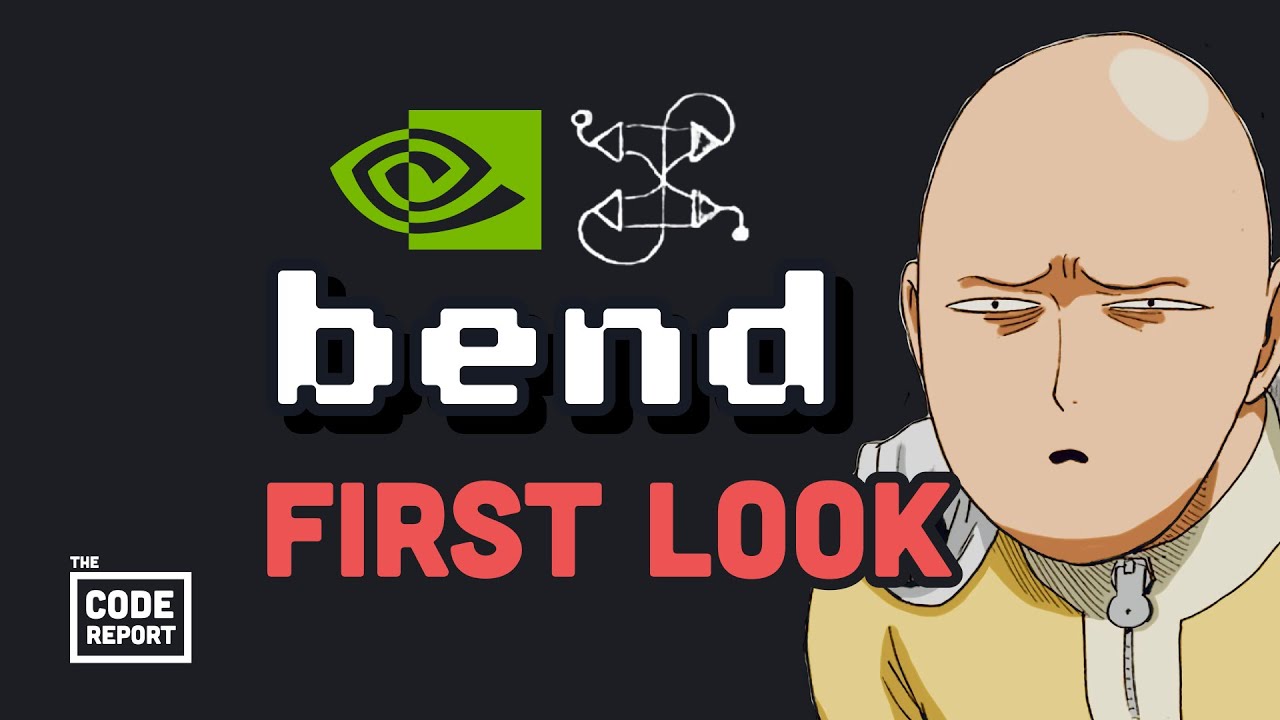

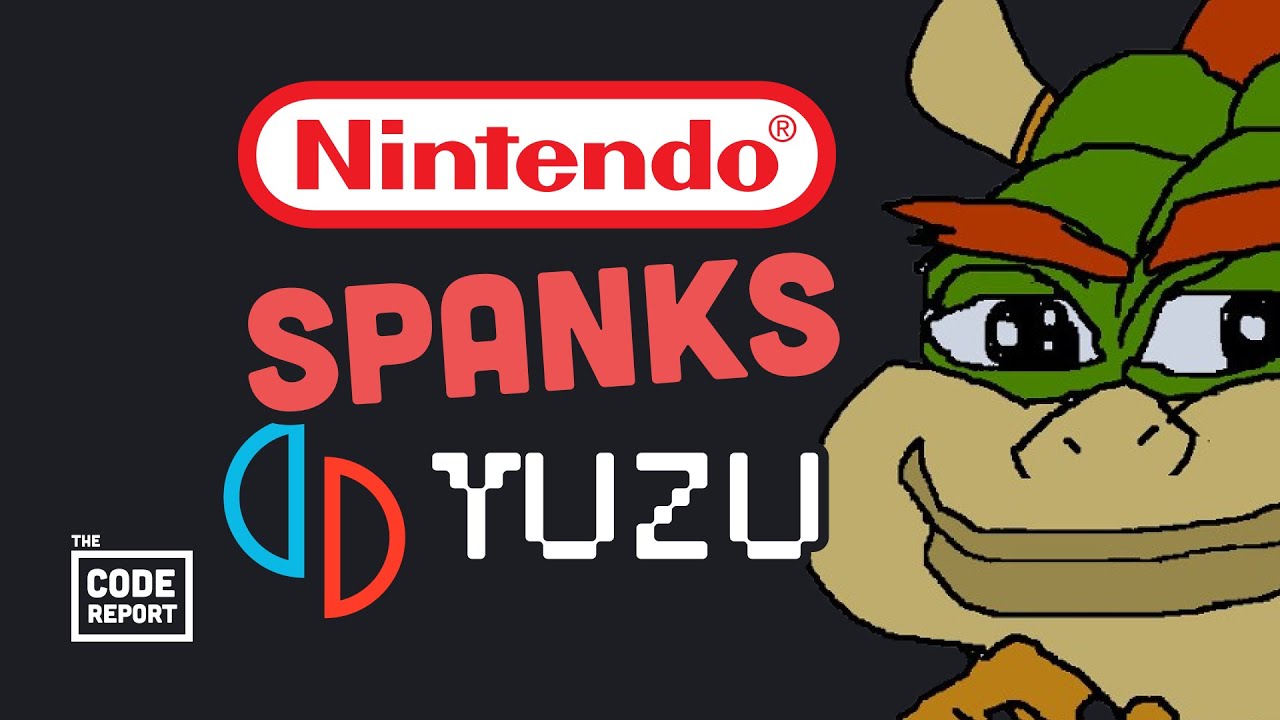
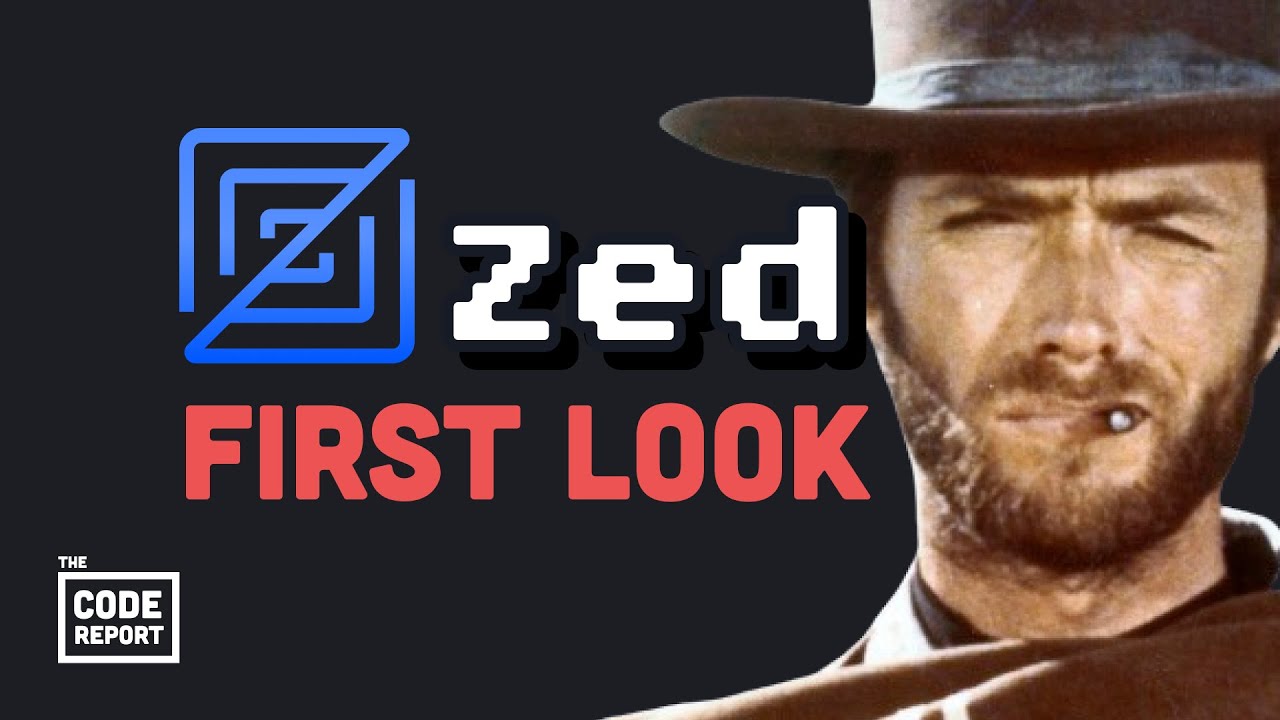



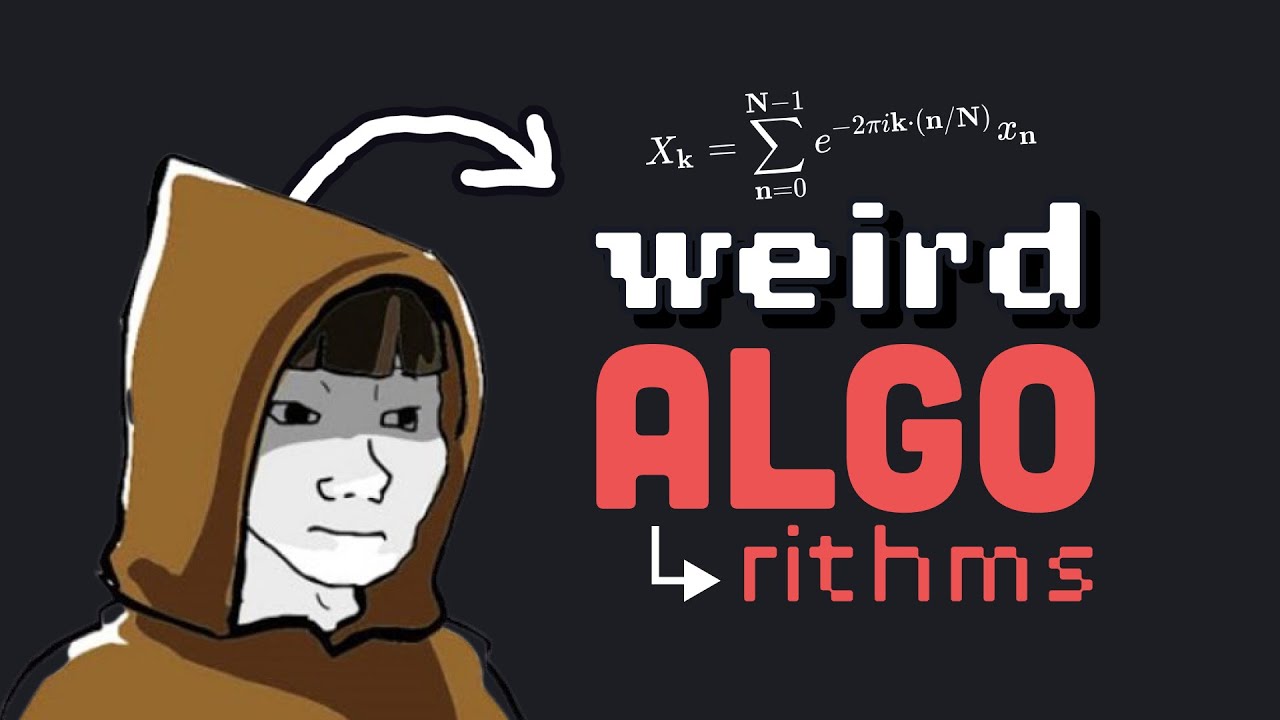
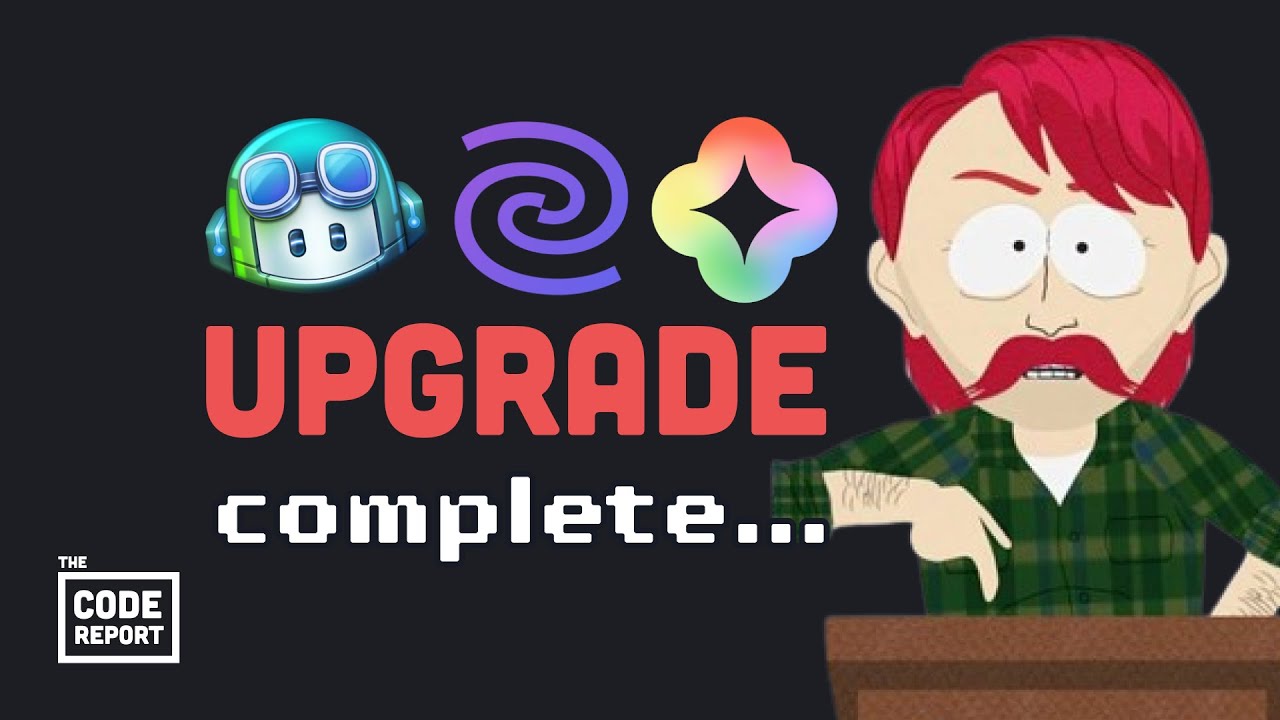
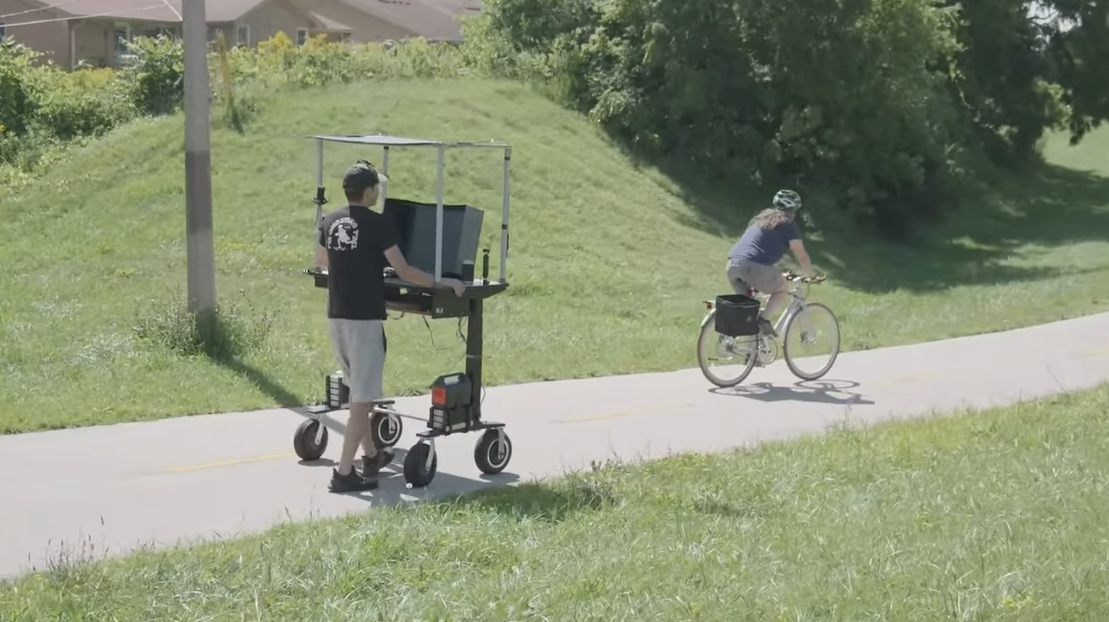
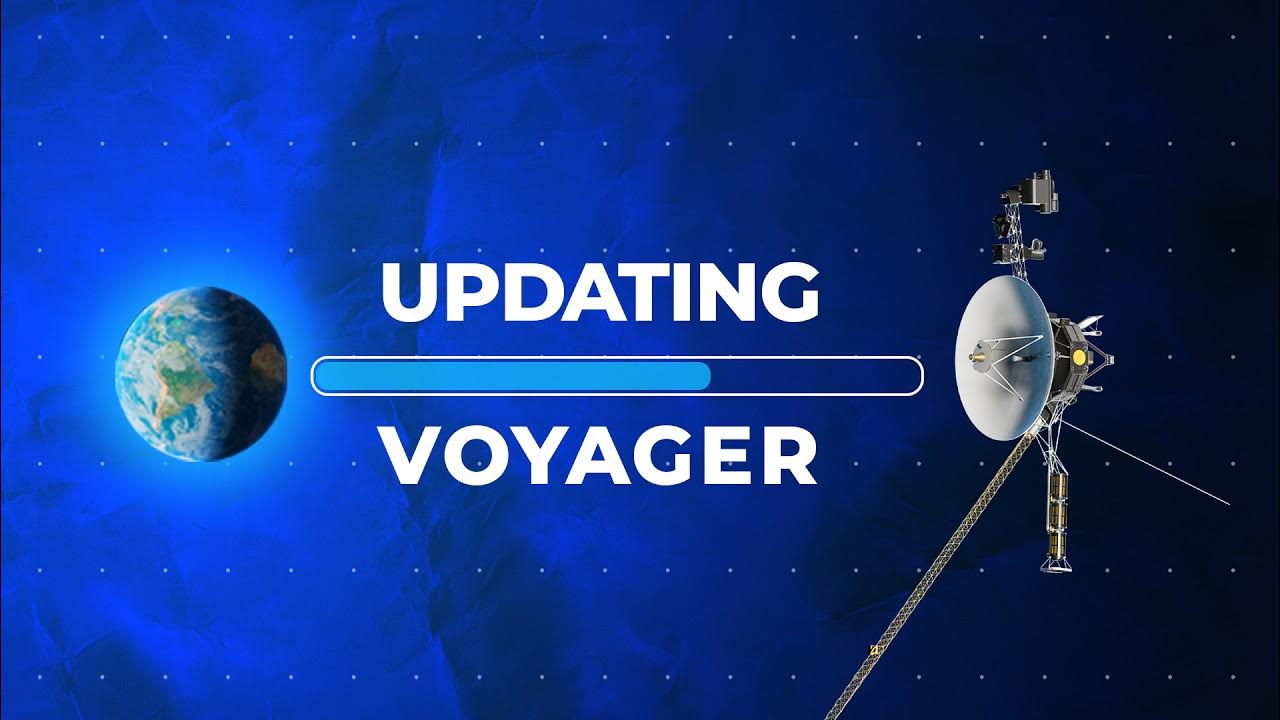

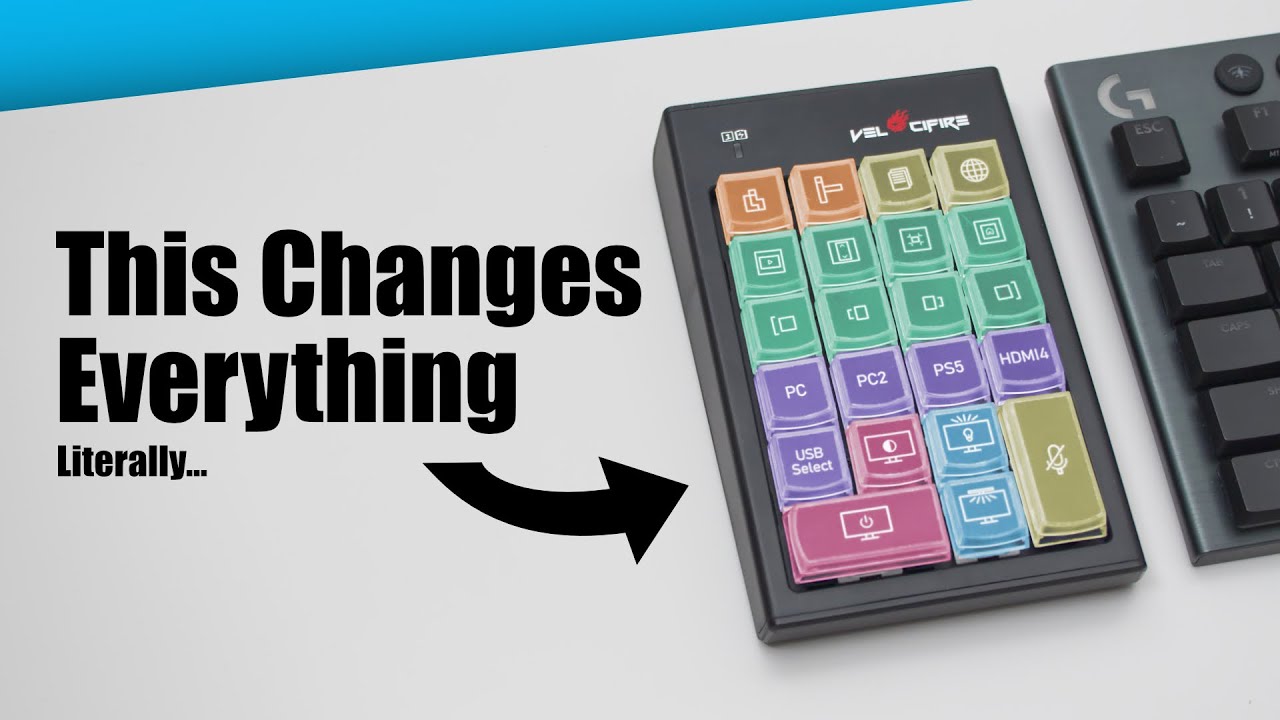
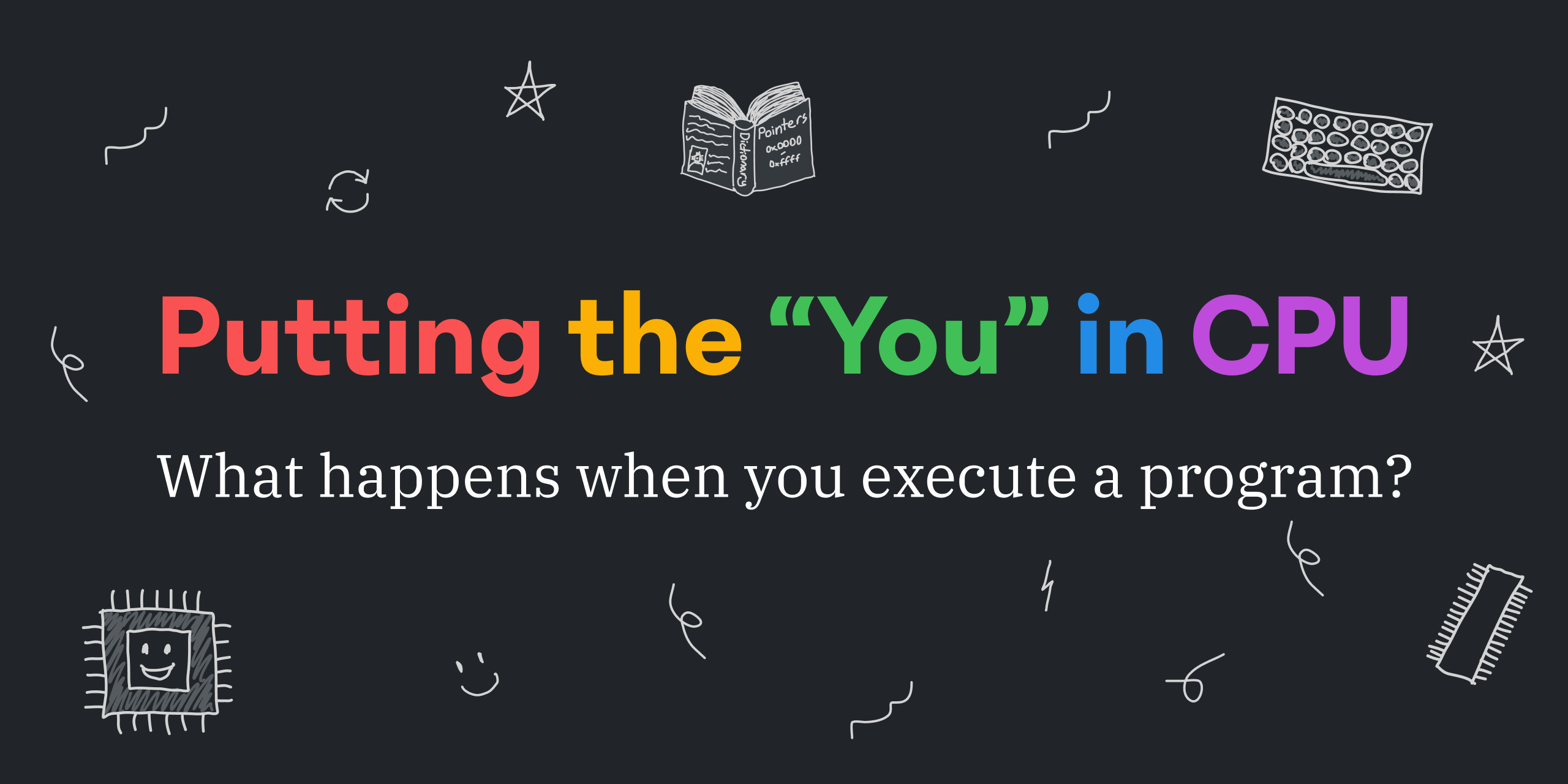

Have you had any luck with projectors for coding? I’ve only ever used them for large mob-programming sessions, like during hackathons. I feel like the low/narrow contrast of projectors makes it hard to use for dark mode, not to mention the space real estate requirements. :P